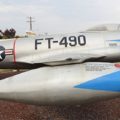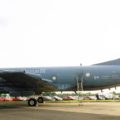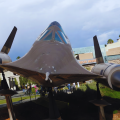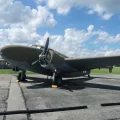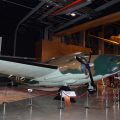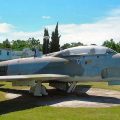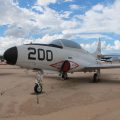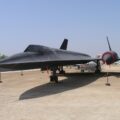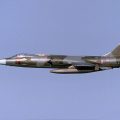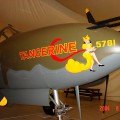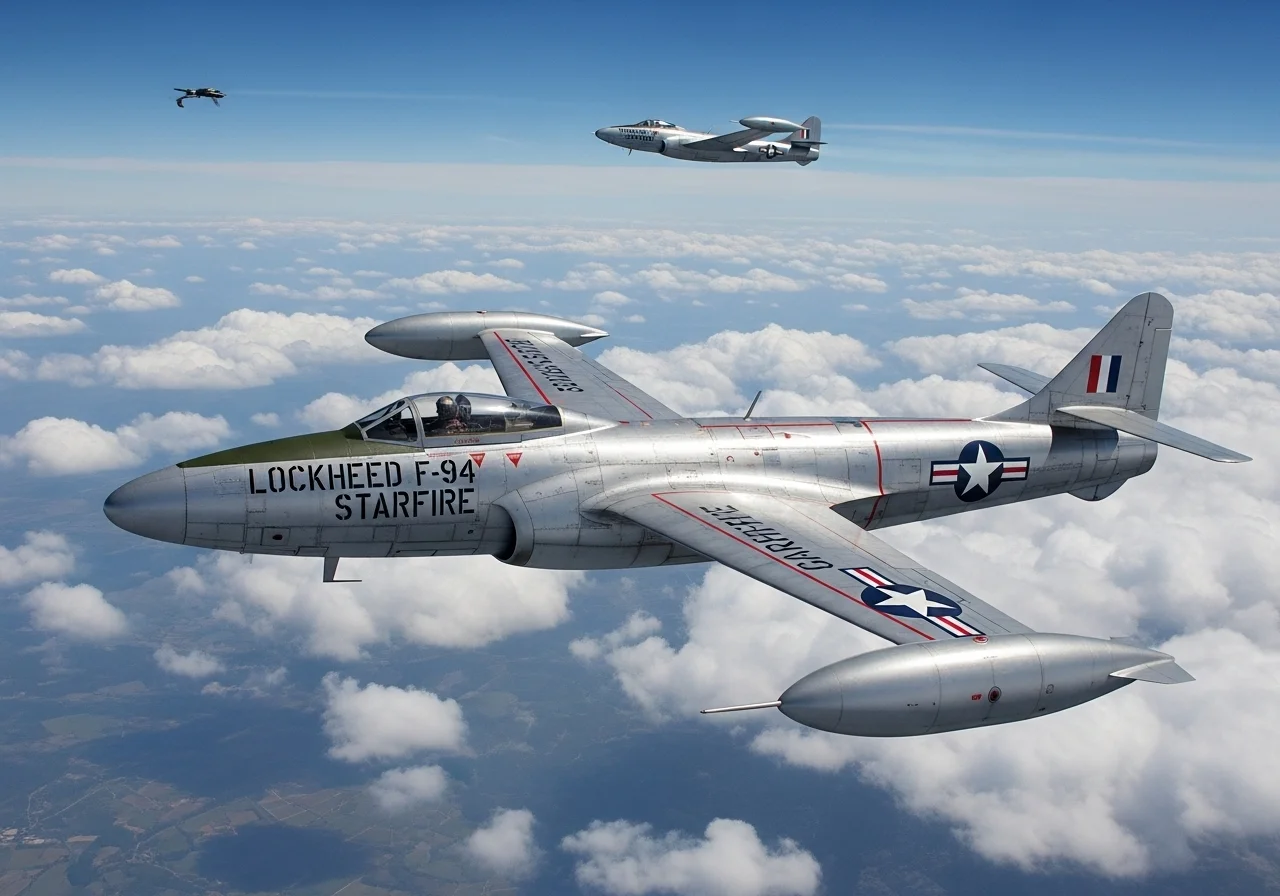
Lockheed F-94 Starfire | |
|---|---|
| Paese | Usa |
| Ruolo | Intercettore per tutte le condizioni atmosferiche |
| Primo volo | Il 16 aprile 1949 |
| Costruito | 855 |
Le Lockheed F-94 Starfire was a first-generation jet aircraft of the United States Air Force. It was developed from the twin-seat Lockheed T-33 Shooting Star in the late 1940s as an all-weather, day/night interceptor. The aircraft reached operational service in May 1950 with Air Defense Command, replacing the piston-engined North American F-82 Twin Mustang in the all-weather interceptor role. The F-94 was the first operational USAF fighter equipped with an afterburner and was the first jet-powered all-weather fighter to enter combat during the Korean War in January 1953. It had a relatively brief operational life, being replaced in the mid-1950s by the Northrop F-89 Scorpion and North American F-86D Sabre. The last aircraft left active-duty service in 1958 and Air National Guard service in 1959.
| Lockheed F-94A Starfire Walk Around | |
|---|---|
| Fotografo | Vladimir Jakubov |
| Localizzazione | Museo Nazionale dell'USAF |
| Foto | 56 |
| Lockheed F-94C Starfire Walk Around | |
|---|---|
| Fotografo | John Heck |
| Localizzazione | Inconsapevole |
| Foto | 29 |
Vedi anche:
Le Lockheed F-94 Starfire was a jet-powered interceptor that served in the United States Air Force from 1950 to 1958. It was designed to provide all-weather, day/night defense against enemy bombers, especially the Soviet Tupolev Tu-4. The F-94 was based on the Lockheed T-33 Shooting Star trainer, but had a longer nose to accommodate a radar and a fire control system.
It was also equipped with an afterburner, which gave it a speed boost and made it the first operational USAF fighter with this feature.
L'F-94 aveva due membri dell'equipaggio: un pilota e un operatore radar. L'armamento principale del F-94 era di quattro mitragliatrici da 0,50 pollici nel muso, e le versioni successive trasportavano anche razzi aria-aria. L'F-94 è stato schierato in varie unità dell'Air Defense Command e dell'Air National Guard e ha visto l'azione di combattimento durante la guerra di Corea, dove ha ottenuto diverse vittorie sugli aerei nemici. L'F-94 fu infine sostituito da intercettori più avanzati come il Northrop F-89 Scorpion e il North American F-86D Sabre.
Punti di vista: 3020


